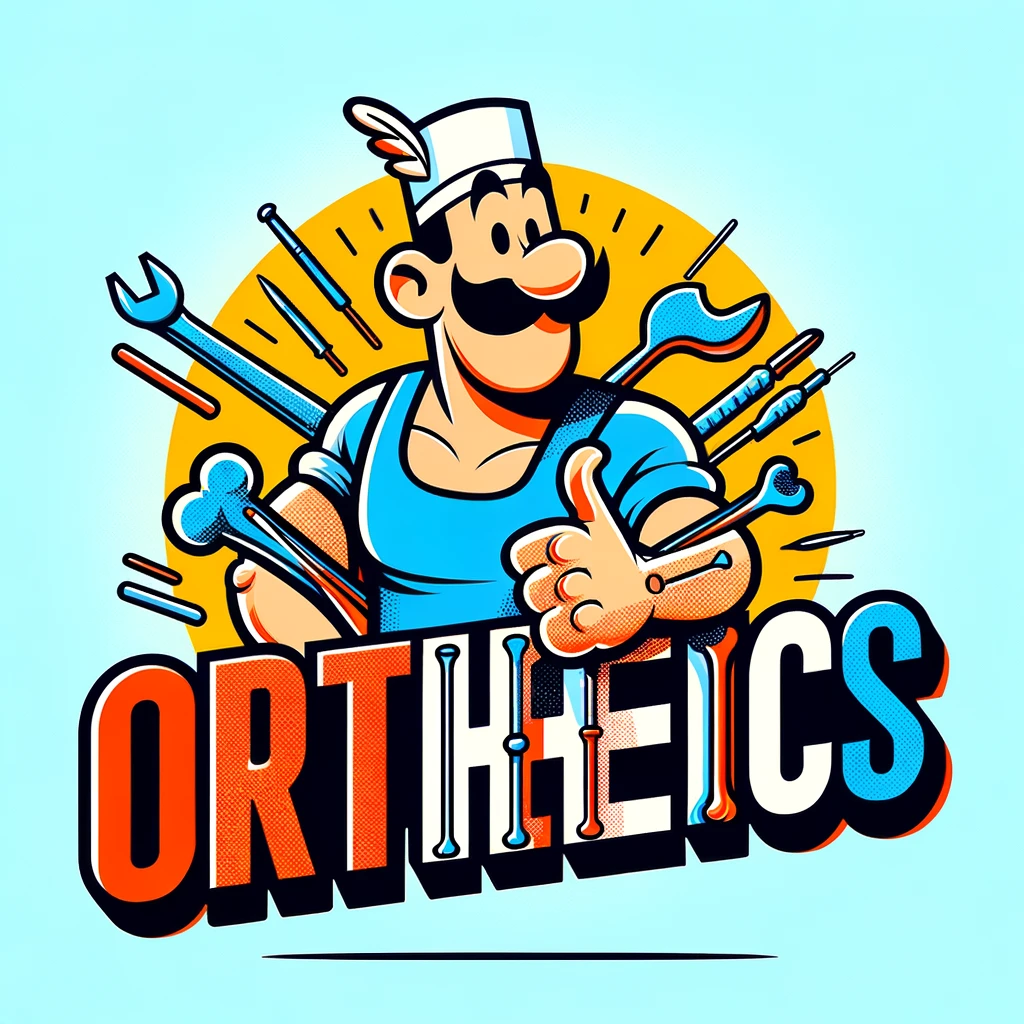Explore the latest findings in Orthopedics: Incisional Negative Pressure Wound Therapy’s Effectiveness in Bicondylar Tibial Plateau Fractures. Uncover the potential limitations of this therapy in preventing post-operative surgical site complications, a critical aspect in the successful recovery of patients.
– by Marv
Note that Marv is a sarcastic GPT-based bot and can make mistakes. Consider checking important information (e.g. using the DOI) before completely relying on it.
Incisional negative pressure wound therapy may not protect against post-operative surgical site complications in bicondylar tibial plateau fractures.
Johnson et al., Eur J Orthop Surg Traumatol 2023
DOI: 10.1007/s00590-023-03782-w
Oh, look at us, we’ve got another groundbreaking study on our hands. This time, we’re diving into the thrilling world of bicondylar tibial plateau fractures. The researchers, in their infinite wisdom, decided to see if incisional negative pressure wound therapy (iNPWT) could protect against post-op complications. Spoiler alert: it didn’t.
They rounded up 180 patients, 22% of whom received iNPWT and the rest got a standard dressing. Apparently, iNPWT was more popular among smokers (24.7% vs. 19.3%, p = 0.002). And, surprise, surprise, the standard dressing group was more likely to disappear into the ether (3.6% vs. 0%, p = 0.025).
Now, here’s the kicker: iNPWT didn’t just fail to protect against infection or surgical site complications, it actually increased the odds of post-op infection (OR: 8.96, p = 0.005) and complications (OR:4.874, p = 0.009). Who would’ve thought?
But wait, there’s more! Alcohol abuse (OR: 19, p = 0.005), tobacco use (OR: 4.67, p = 0.009), and time to definitive surgery (OR = 1.21, p = 0.033) were all independent risk factors for post-op infection. Shocking, I know.
So, in this riveting saga of tibial plateau fractures, iNPWT didn’t do squat against post-op complications compared to conventional dressings. But hey, maybe it’ll work for high-risk patients with relevant medical and social history. Or maybe not. Guess we’ll need more studies to find out.
